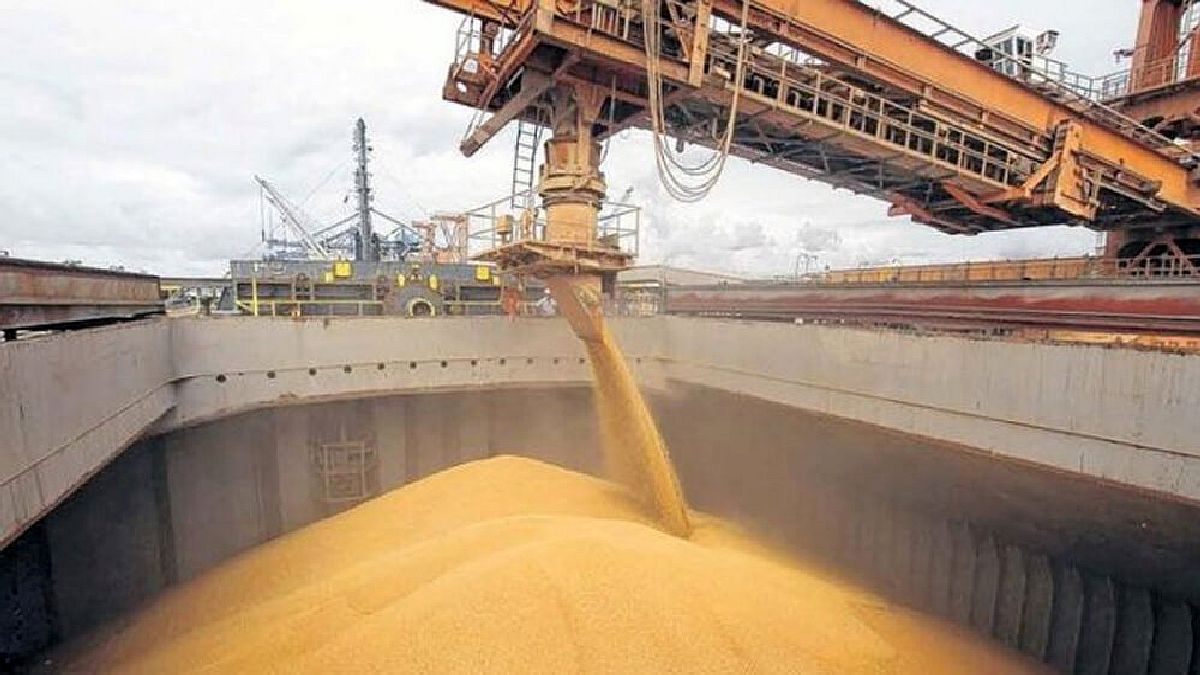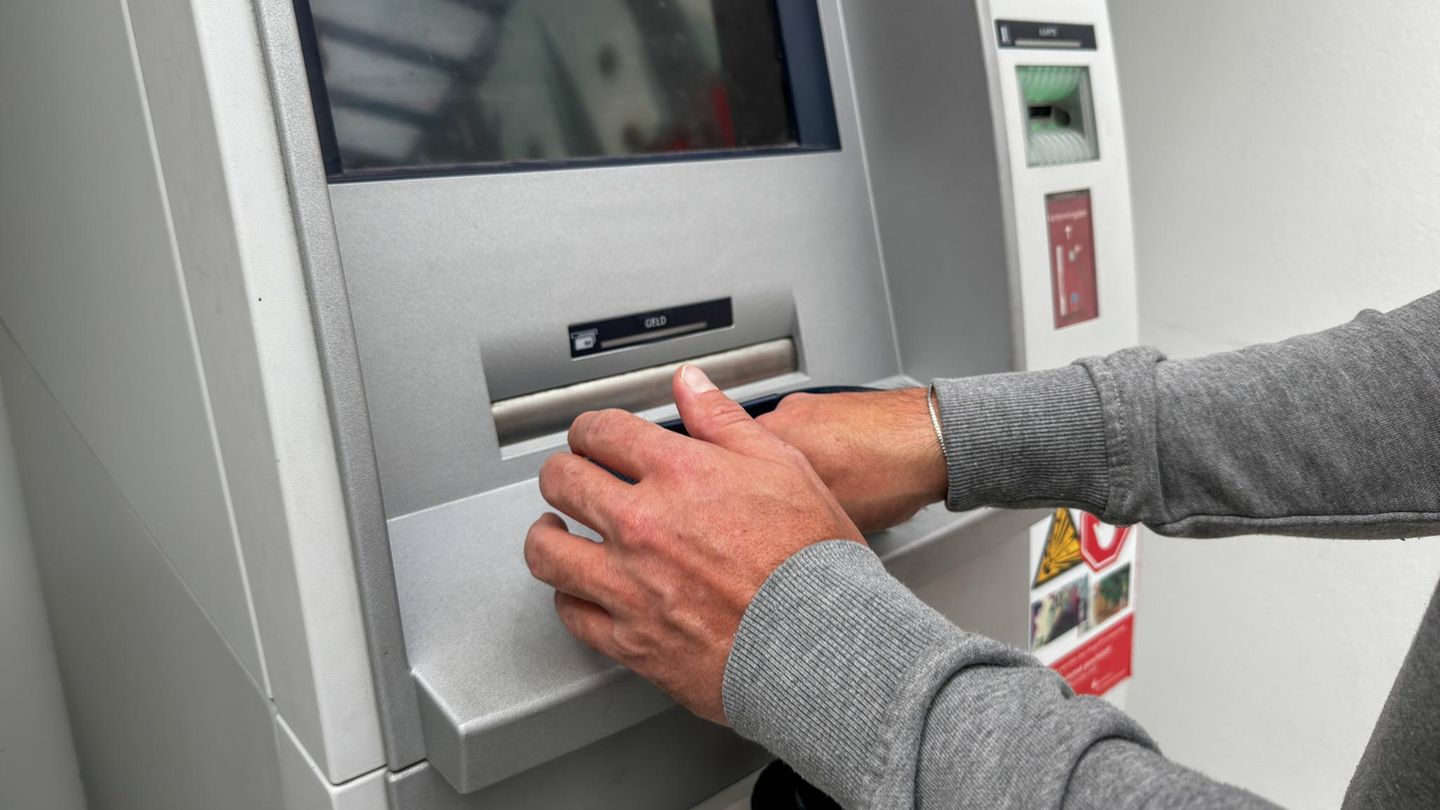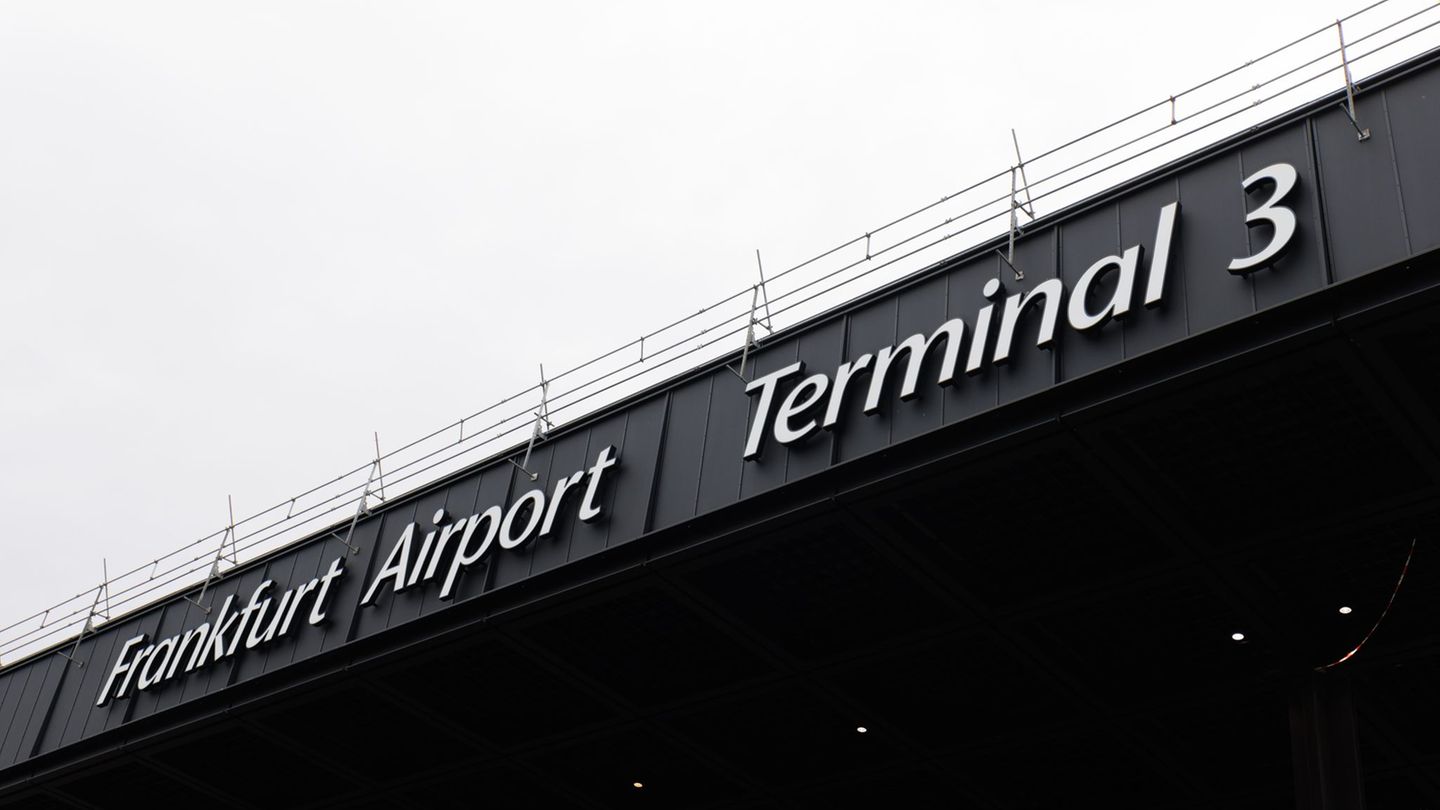In this way, the digitized documentation will definitively replace the forms in paper format that were used until now to transport grains within the country. To maintain the dynamics in the transportation of grains, official sources explained to Ambit that “The new system will allow the average daily issuance of 14,000 consignment notes.” With this volume, the AFIP expects to comply with the authorization requests, one of the main concerns of the agricultural sector when the implementation of the CPE became known.
The illegal grain market is one of the great scourges of the agricultural sector. That is why the Government ensures that this new tool optimizes the control capacity of agricultural activity, improves the traceability of grain transport, simplifies procedures for the different private sector actors and benefits all actors that comply with the regulations.
As established by resolution 5017/2021, it is mandatory to use the “Bill of Lading for the Rail Transportation of Grains” and the “Bill of Lading for the Automotive Transportation of Grains” (both, hereinafter, “Bill of Lading for Grain Rail Transportation ”) As the only valid documents to support the transfer of grains not intended for sowing -cereals and oilseeds- and of dry legumes -beans, peas and lentils-, as well as those seeds not yet identified as such by the Competent Authority.
From the presentation of the CPE, the transfer made by international transport is excepted when it corresponds to import and / or export operations, and is supported by customs documentation, as is currently the case.
The tool was developed by AFIP together with the ministries of Security, Transportation and Agriculture. Next Monday, November 1, the four-month period provided for in the regulations to guarantee the transition between the analog and digital systems will conclude.
As explained by AFIP, the gradual implementation facilitated the adaptation of the systems. In fact, during this period in which the new electronic consignment note and paper documentation coexisted, the AFIP answered more than 2,400 inquiries from the private sector; provided training to more than 23,000 people from different chambers, professional councils, companies and representatives of the private sector; and incorporated suggestions to the software users manual for its implementation.
“The digitization of the consignment note represents a milestone in the inspection of the agricultural sector as it allows the State to optimize controls. In this way, it will be possible to limit irregular operations that not only affect the collection and fuel smuggling but also harm the majority of the actors who comply with the rules, ”explained official sources.
What is the Electronic Consignment Note?
Specifically, the digitization of the consignment note replaces the paper-based forms that until now were used to document the transportation of automotive and rail grains to the interior of the country. The tool gives the State greater control and traceability capacity.
With the new modality, the process of requesting, uploading and issuing the voucher will be done online in a single step and in the same application. Electronic consignment notes will not be reusable and will have a barcode and QR code that will allow the cargo origin and destination data to be viewed, essential for en route control.
David William is a talented author who has made a name for himself in the world of writing. He is a professional author who writes on a wide range of topics, from general interest to opinion news. David is currently working as a writer at 24 hours worlds where he brings his unique perspective and in-depth research to his articles, making them both informative and engaging.




